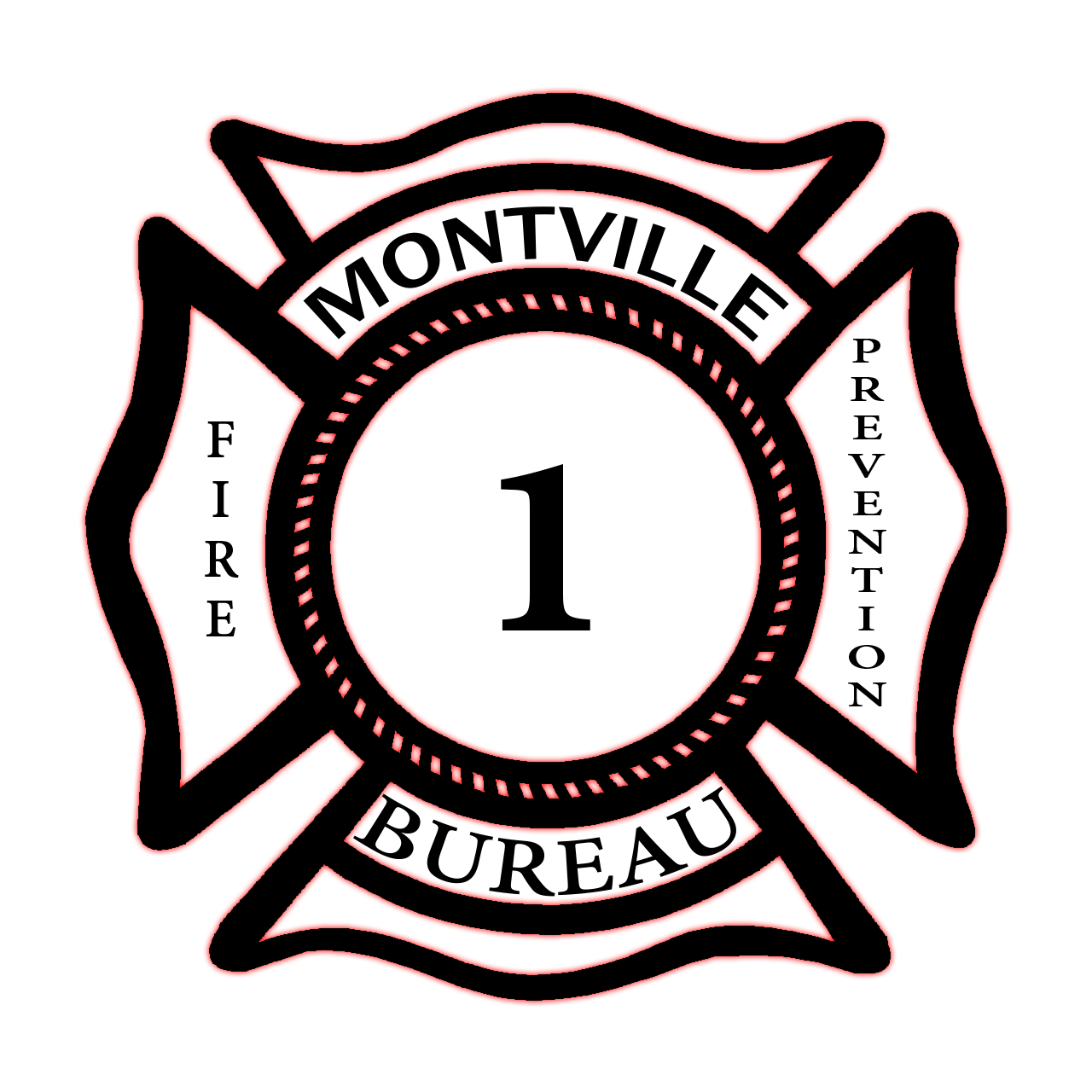Public Alerts
Dryer Fires
Every year firefighters across the USA respond to approximately 14,630 home fires caused by clothes dryers according to the National Fire Protection Association, (NFPA).
One third of these fires are caused by an accumulation of lint, which means that not cleaning out your dryer vent can set you up for a dangerous situation that's far more serious than the drop in performance caused by constricting a dryer's ductwork. The NFPA reports that dryer fires are responsible for nine deaths, 420 civilian injuries and $222 million in property damage annually. More dryer fires occur in the fall and winter months. Here are four simple steps to ensure safety in the laundry room:
- Clean the lint from the dryer's lint screen after every load of wash. This helps to prevent fire and it also helps your laundry to dry faster
- Replace accordion style ducts: Generally dryers are equipped with a four inch vent in the back which is then connected to the exterior vent with a duct. Should you see a plastic or foil accordion style duct connecting your appliance to the vent, it's a good idea to replace it. This style duct can sag allowing lint to build up at low points and trapping lint in their ridges. Rigid metal ducts are recommend as the smooth walls allow the air to flow and also reduce the buildup of lint. Try to use duct connectors and metal clamps or foil tape to join sections of duct rather than sheet metal screws as the screws can catch lint and cause a buildup inside the duct
- Clean the Dryer Duct Annually, at least. Should you notice that your dryer takes longer to dry laundry than it used to that's a clue that there may be a blockage in the dryer vent system. When you're drying a load of wash go outside and look at the vent to see or feel exhaust air. Should you are not see or feel exhaust air the duct may be blocked with lint. Start by disconnecting your dryer from the power source and if you have a gas dryer, also turn off the gas valve near the dryer. Slide the dryer away from the wall so that you can access the vent that's typically in the back of the dryer and if you have a gas dryer, be careful not to over stretch or damage the gas line. Disconnect the duct from the dryer and vacuum both the dryer and the duct, as much as you can access. Clean behind and underneath the dryer as lint can build up in these locations also. Where possible separate the duct into shorter sections for better access, then reassemble and attach the duct to the dryer. Make sure all joints in the duct are connected properly and held together with clamps or foil tape and return the dryer to its original location and reconnect the power and or gas.
- Handle Chemical Stains with Care. Clothes stained with gas, cooking oil, cleaning agents or other flammable chemicals or substances need special care. The Consumer Products Safety Commission, (CPSC), recommends washing such stained clothing more than once to minimize volatile chemicals then hanging to dry. Should machine drying be necessary use the lowest heat setting and a drying cycle that concludes with a cool down period. In the event that a fire does start keep the dryer door closed to limit its oxygen supply. (Thanks to the CPSC for this information).
Recalls
Safety Notice for all Businesses
Below you will find the list the fire extinguisher, smoke detector, and carbon monoxide recall that have the potential to affect many businesses and homes in our town.
Fire Extinguisher, Smoke Detector, and Carbon Monoxide Detector Recalls
- November 2, 2017 Product Safety Recall Notice: Plastic Handle & Push-Button Fire Extinguishers
- November 10, 2016 Product Safety Notice: Hardwired Combination CO & Smoke Alarm KN-COSM-IB
- November 17, 2015 Recalled: Kidde Smoke Alarms and Fire Extinguishers Sold by Home Depot After Recalls Were Announced
- February 12, 2015 Product Safety Notice: Certain black plastic valve disposable fire extinguishers
- September 11, 2014 Product Safety Notice: 3 models of hardwired smoke and smoke/co alarms
